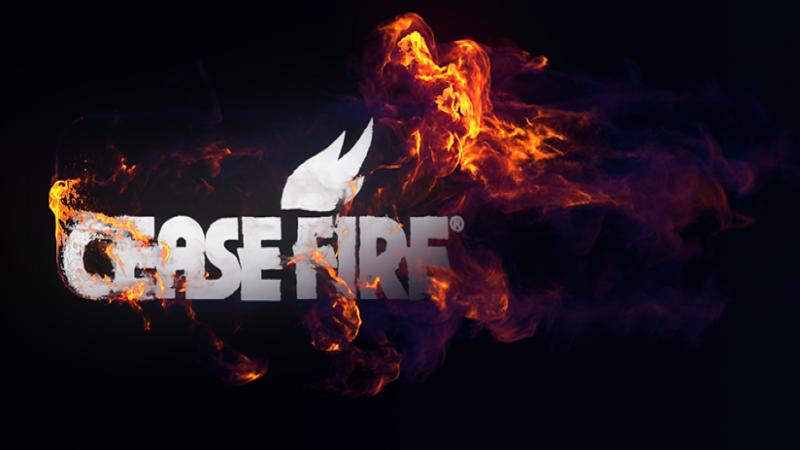When deciding which fire suppression system is most appropriate for your application, you first need is to determine the correct hazard classification. There are several, and the 5 most common are class A, class B, class C, class D, and class K. We will be discussing class C.
Class C fires include energized electrical equipment, such as motors, transformers, and appliances. “Energized†in this case means that it is fed by a power source. Generally it is not dangerous to energize electrical components, gadgets, devices and equipment. They do not present a hazard unless they are handled incorrectly or have the potential to alter into something that presents a danger.

When a fire starts from a short circuit or another type of electrical problem, and the source of energy is still live, the situation is highly dangerous and a class C fire can typically occur.
Typically we think that water will work to put out a fire, but that is not always the case. If there is a fire within or around any energized electrical equipment, water isn’t the best solution. It will most likely do more harm than good. Not only could water destroy your electrical equipment making it unusable, but the water could also conduct electric shocks harming the people trying to put out the fire.
For these situations, clean agent gas is the best combatant. The most common clean agent gas the industry uses today is heptafluoropropane, trade name FM-200 or FE-227ea. There are several other options, however, such as: Halon and 3M’s Novec 1230.
It is important to properly determine the fire hazard, as well as the hazard level for all areas. Call Cease Fire at 1-(888)-232-7334 for more information about your specific fire protection needs.


